America's pivotal move West
A keen-eyed photographer’s collection of Nebraskan settlers opens a historic window to a unique time and place
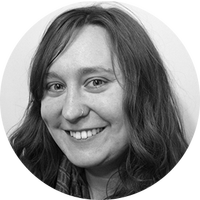
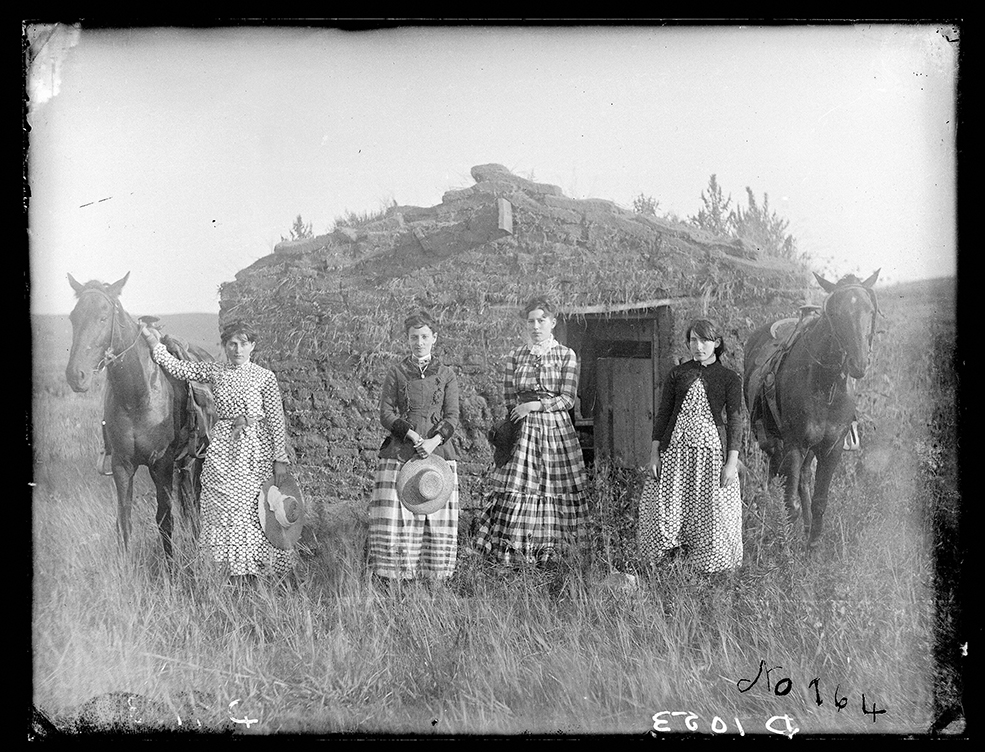
As a photographer in late 19th-century Nebraska, Solomon D. Butcher was a rarity.
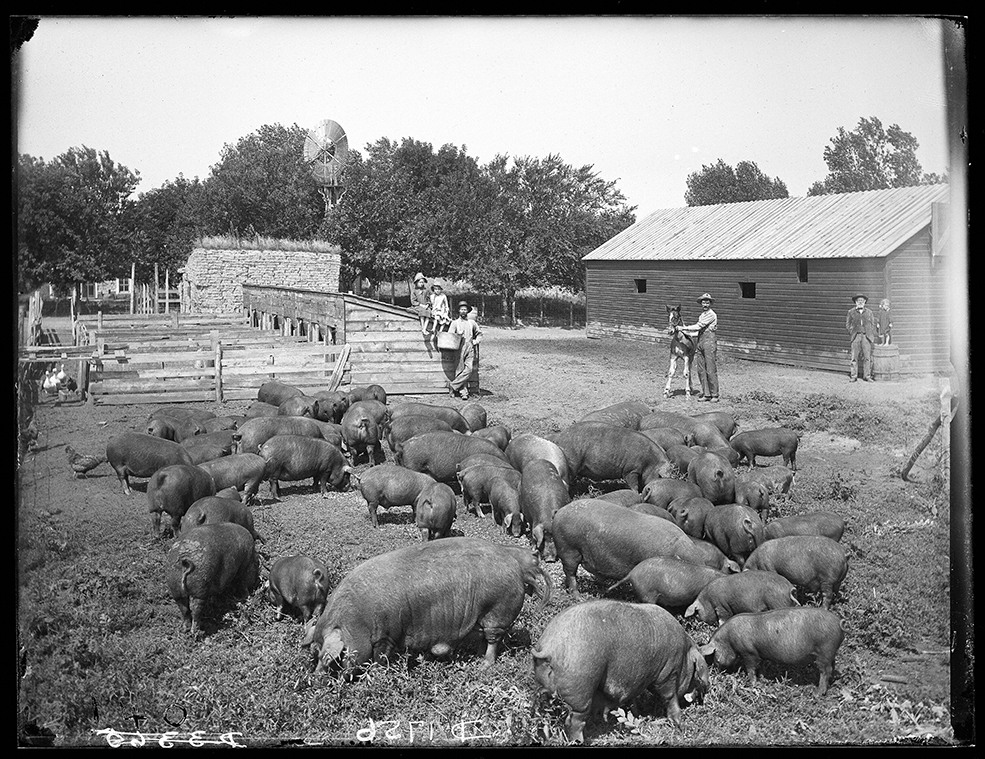
Mack Downey Ranch in Georgetown, Custer County, Nebraska, 1903. | (Nebraska State Historical Society)
Born in Virginia in 1856, Butcher moved West with his family in 1880. Although he quickly failed as a homesteader himself, he recognized early on that what his fellow settlers were doing represented an important moment for America.
The Week
Escape your echo chamber. Get the facts behind the news, plus analysis from multiple perspectives.

Sign up for The Week's Free Newsletters
From our morning news briefing to a weekly Good News Newsletter, get the best of The Week delivered directly to your inbox.
From our morning news briefing to a weekly Good News Newsletter, get the best of The Week delivered directly to your inbox.
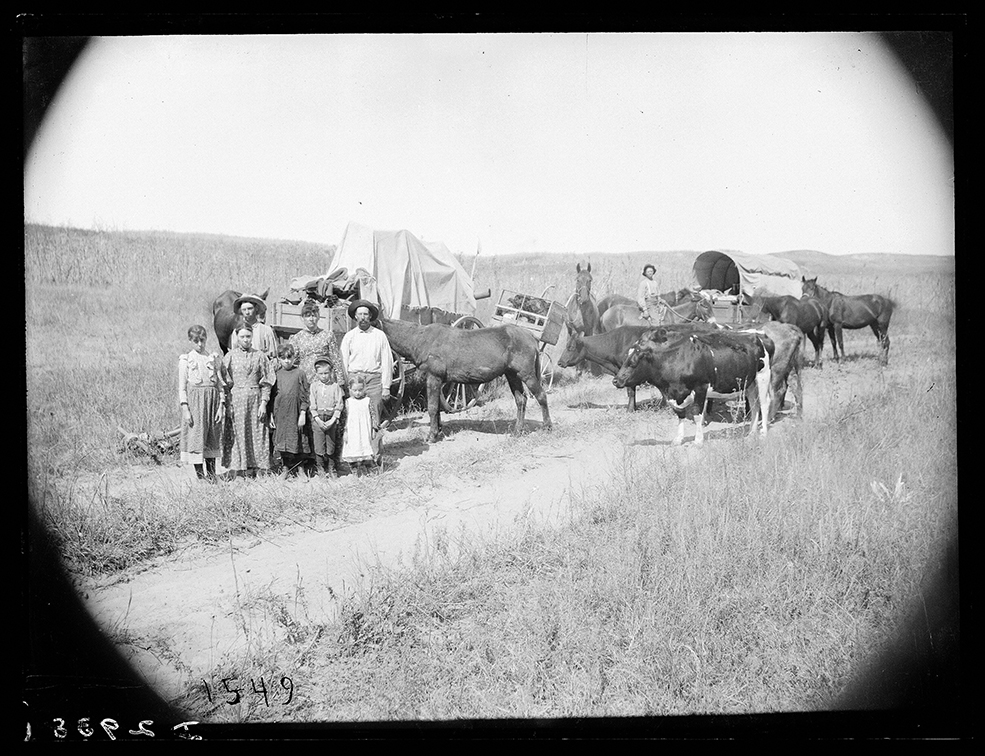
Settlers moving into the North Loup River Valley of Nebraska in 1886. | (Nebraska State Historical Society)
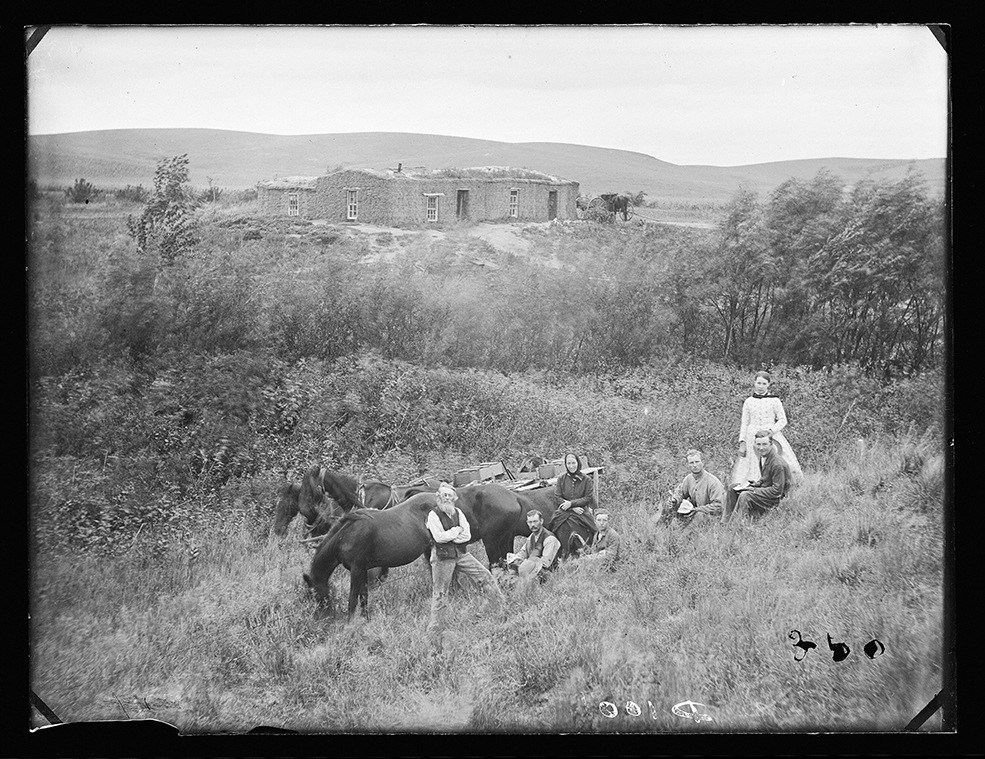
James Pierce. Pierce had, as a kid, run away to sea, where he spent 12 years cruising the Pacific in pursuit of sperm whales. He abandoned his life on the water to take a Minnesota homestead, which failed. In 1880 he moved to Nebraska and established the Sommerford post office, named in honor of his English wife's hometown. | (Nebraska State Historical Society)
Having spent some time as a photographer's apprentice before his move, Butcher invested in his own photographic equipment. With some financial help from his father, he began traveling around Custer County, Nebraska, in 1886 photographing the homesteaders at work. He took photos through the turn of the century in and around his newly adopted home state.
He suffered many setbacks over the years and never saw financial success. In 1913, desperate for money, Butcher sold his entire collection of photographs to the Nebraska State Historical Society for only $600. While it wasn't a great haul for the photographer, it's a boon for the rest of us who now have access to his more than 3,000 photographs of the homesteading families of Nebraska.
A free daily email with the biggest news stories of the day – and the best features from TheWeek.com
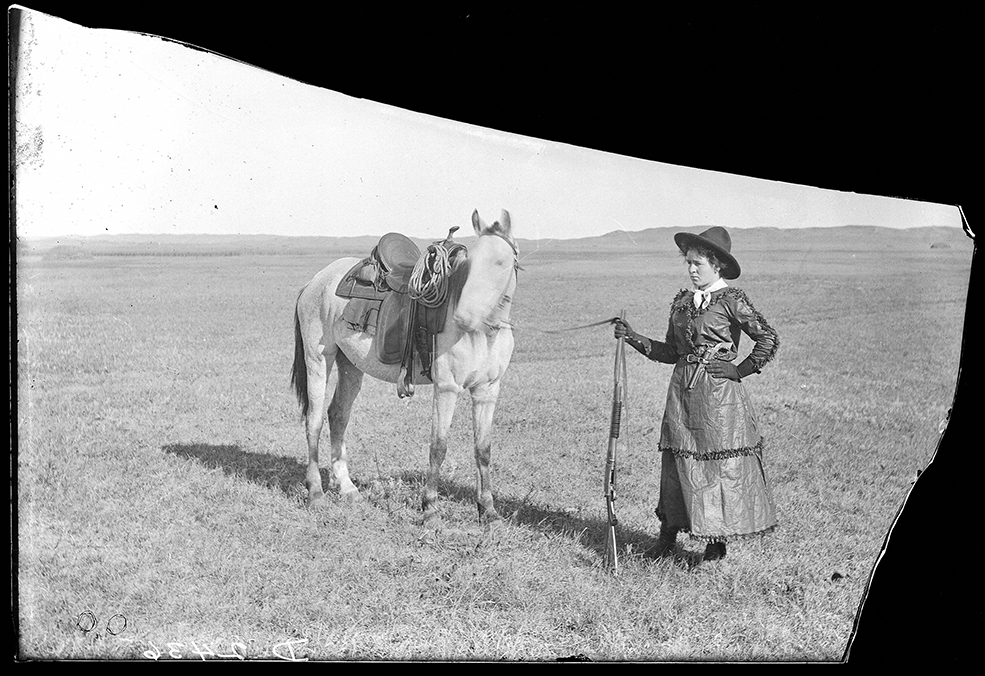
Sadie Austin was well-educated and noted for her refinement, including her accomplishments as a pianist. But she was also able to put on a split skirt and help the cowhands. She could sit a horse well and was noted for her shooting ability. She was the best-known cowgirl in Cherry County. | (Nebraska State Historical Society)
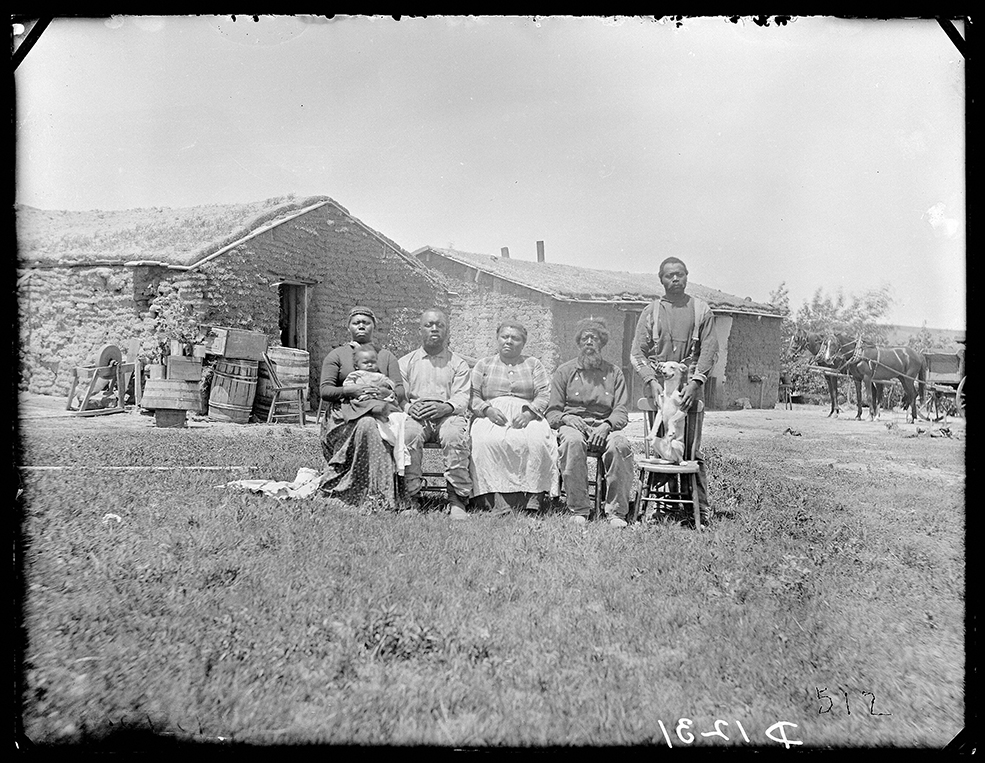
The Shores family, near Westerville, Custer County, Nebraska, 1887. Jerry Shores was one of a number of former slaves to settle in Custer County. He took a claim adjacent his brothers', Moses Speese and Henry Webb (each had taken the name of his former owner). | (Nebraska State Historical Society)
Butcher's photographs are some of the only images available from this time and place. But they are also unique to the canon of early American photography because of their perspective. Butcher's subjects understood that these images were for more than just friends and family, that they were historical documents. Their poses and stern gazes reflect that weighty importance. They were not meant to look pretty, but instead to tell future generations what life was like as a homesteader.
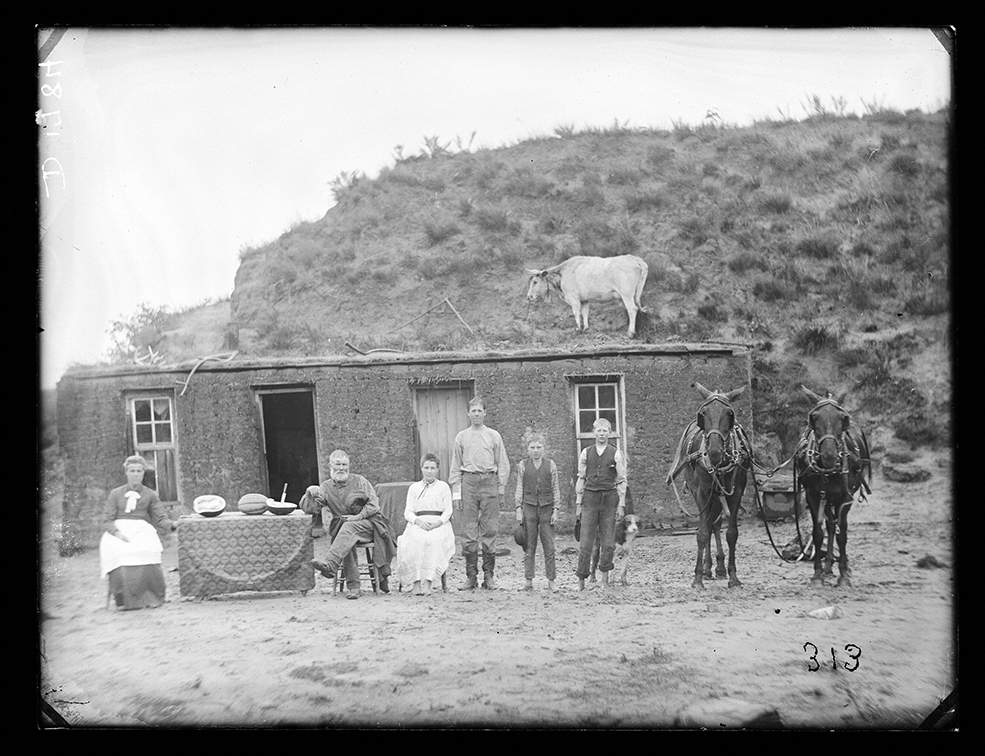
Sylvester Rawding brought his family to Nebraska in the 1880s. In 1886, they brought their lunch outside on a muddy day so that photographer Solomon Butcher could capture the family on film. Sylvester was a Union Army Civil War veteran, wounded during a skirmish near Mobile, Alabama. | (Nebraska State Historical Society)
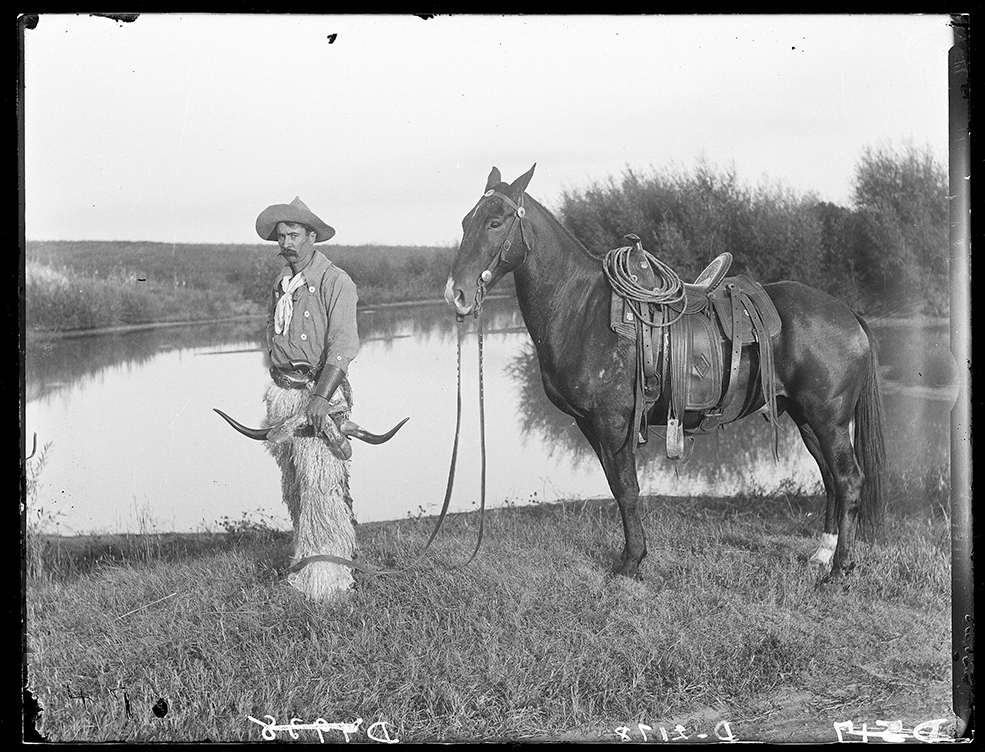
Ned Dunlap, known as Kearney, Nebraska's only real cowboy, 1902. | (Nebraska State Historical Society)
One of the most striking features of these photos is the pride the homesteaders show. Many of those photographed were the first landowners in their family. Homesteaders often lined up their most prized possessions in the photos to show the scope of their ownership.
One woman, reportedly embarrassed by her sod house, requested that the family be photographed with her pump organ instead. They dragged the organ out into the yard — farm animals and wagons can be seen in the background — then dragged it back into the house after the photo was taken.
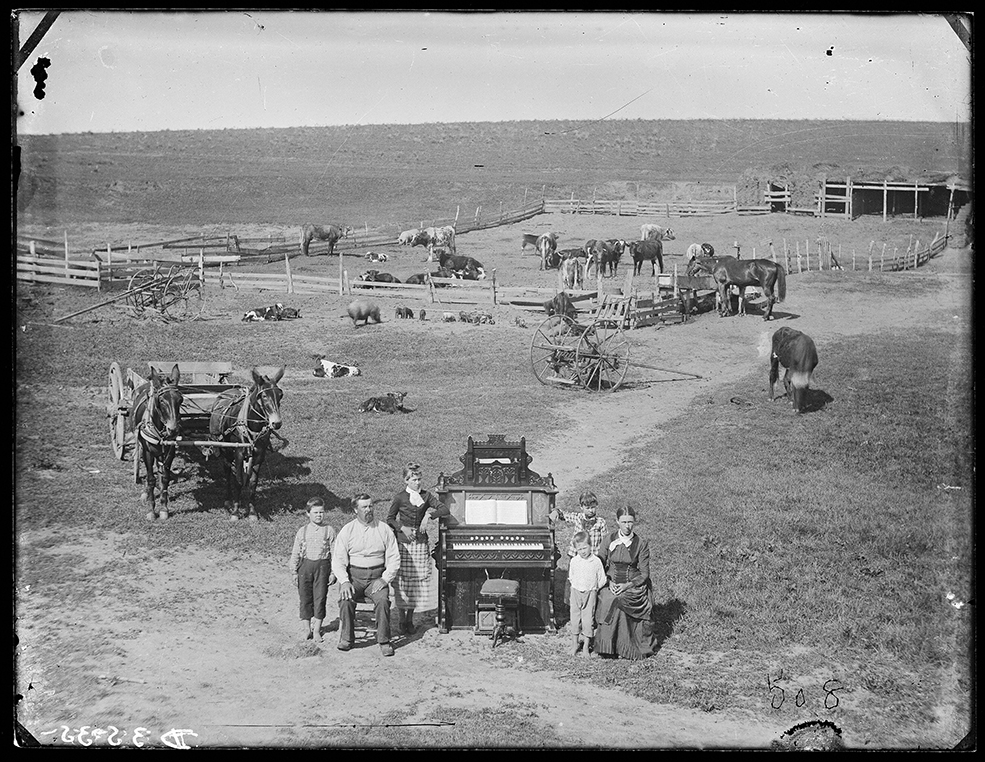
David Hilton Family. Mrs. Hilton and her eldest daughter were adamant that they not be photographed in front of their sod house, because they wished to send copies of the picture to friends and relatives elsewhere. But they did want to be seen with their new pump organ, so they made Mr. Hilton and the photographer drag the organ out of the house for the photographs, then drag it back in again. | (Nebraska State Historical Society)
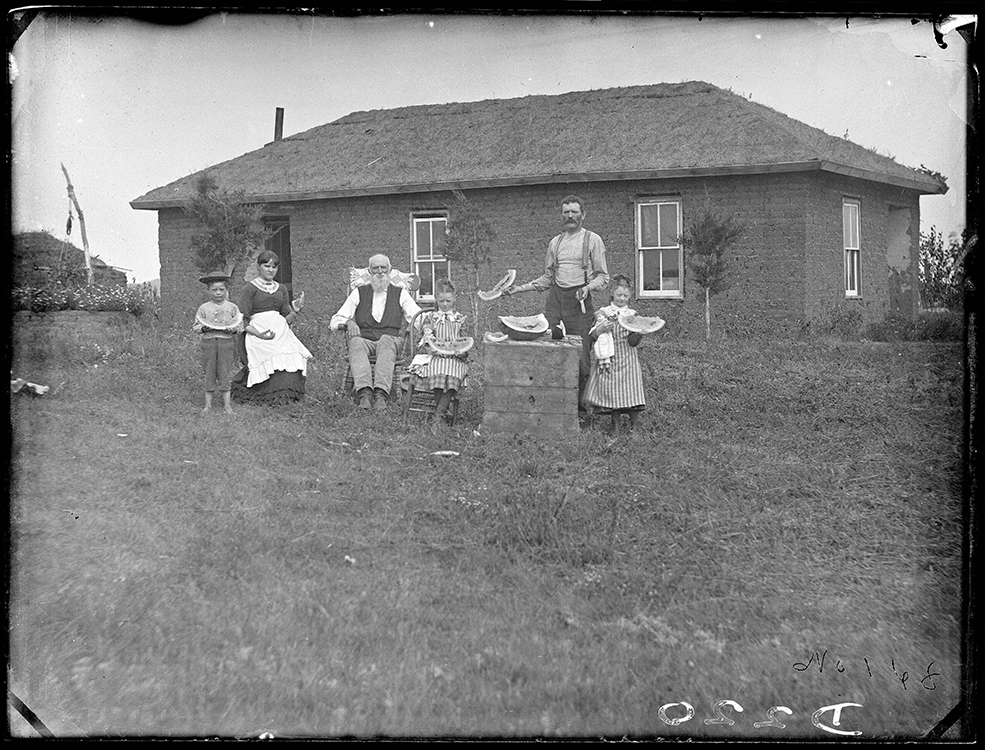
Omer Madison Kem family near Broken Bow, Custer County, Nebraska, 1886. Omer Kem enjoys the distinction of having been the only Nebraskan elected to the United States House of Representatives (1891-96) while living in a sod house. | (Nebraska State Historical Society)
"These are folks who look at the world around them, see the sweat they've put into it and think, 'yep, this is pretty good,'" says historian John E. Carter and author of Solomon D. Butcher: Photographing the American Dream.
Because of this difference in composition and style, Butcher's photographers offer historians more accurate clues into what life was like during this time in the newly established American West.
"Solomon Butcher is one of America's most important photographers because he photographed the laboratory in which a truly American culture was forged," says Carter.
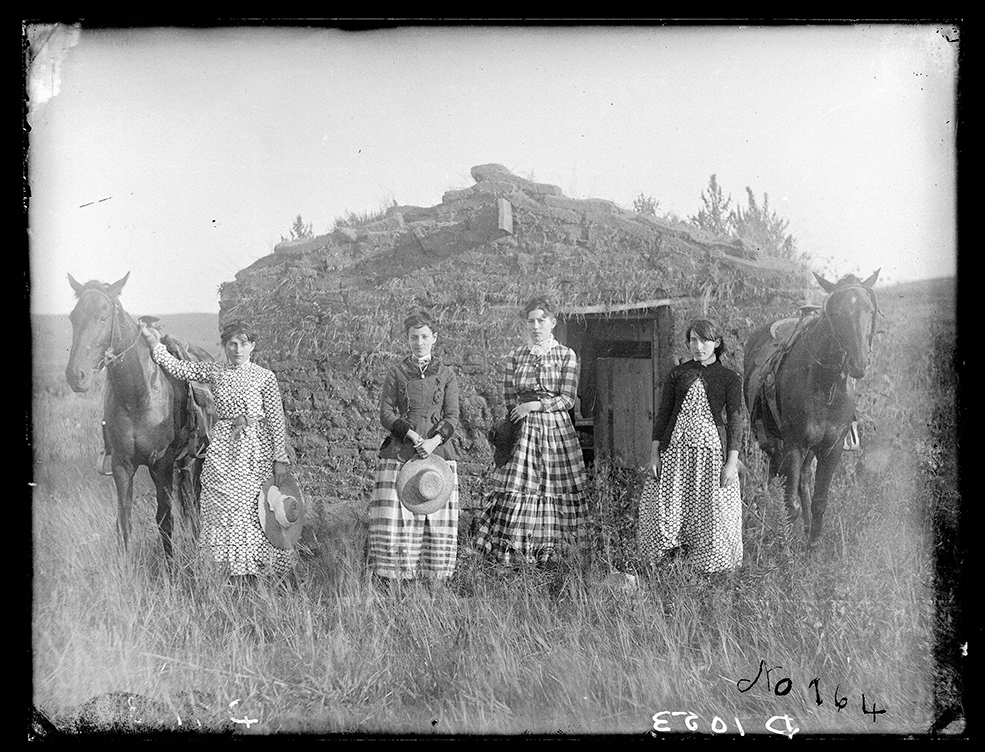
The Chrisman Sisters, 1886: Lizzie Chrisman filed the first of the sisters' homestead claims in 1887. Lutie Chrisman filed the following year and the other two sisters, Jennie Ruth and Hattie, had to wait until 1892, when they came of age, to file. | (Nebraska State Historical Society)
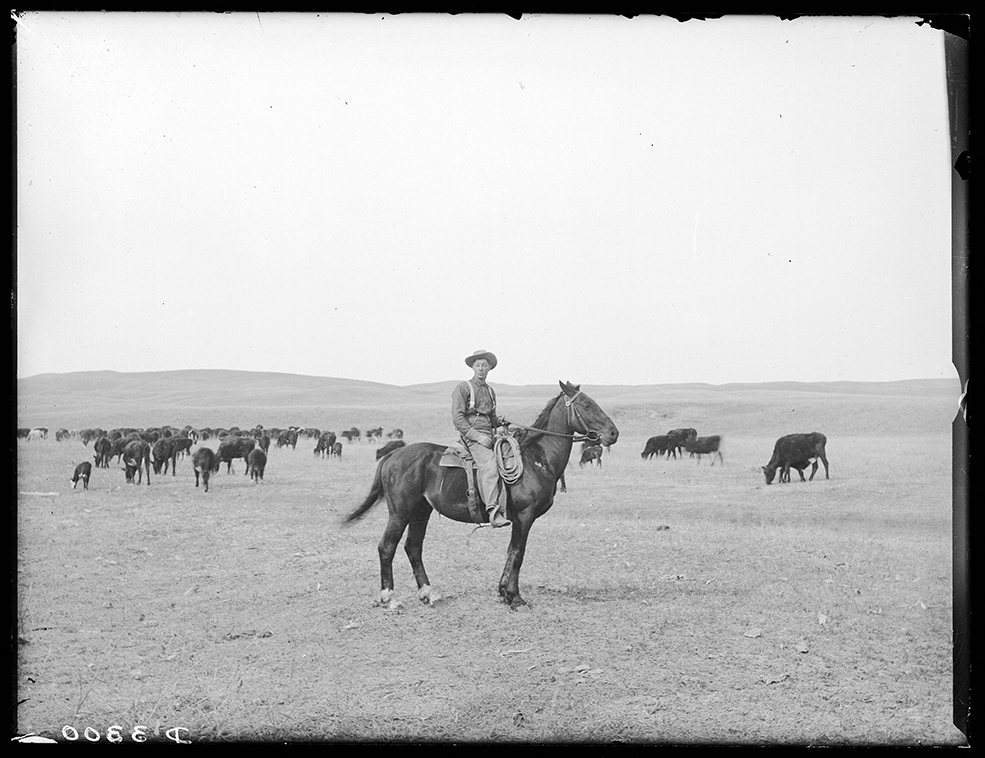
(Nebraska State Historical Society)

(Nebraska State Historical Society)
*Find out more about Solomon Butcher and the collection at the Library of Congress.*
Shannon Geis is an oral historian and multimedia producer living in Brooklyn. She graduated from Columbia University and NYU. She is always looking for ways to bring the past back to life.
-
 Metaverse: Zuckerberg quits his virtual obsession
Metaverse: Zuckerberg quits his virtual obsessionFeature The tech mogul’s vision for virtual worlds inhabited by millions of users was clearly a flop
-
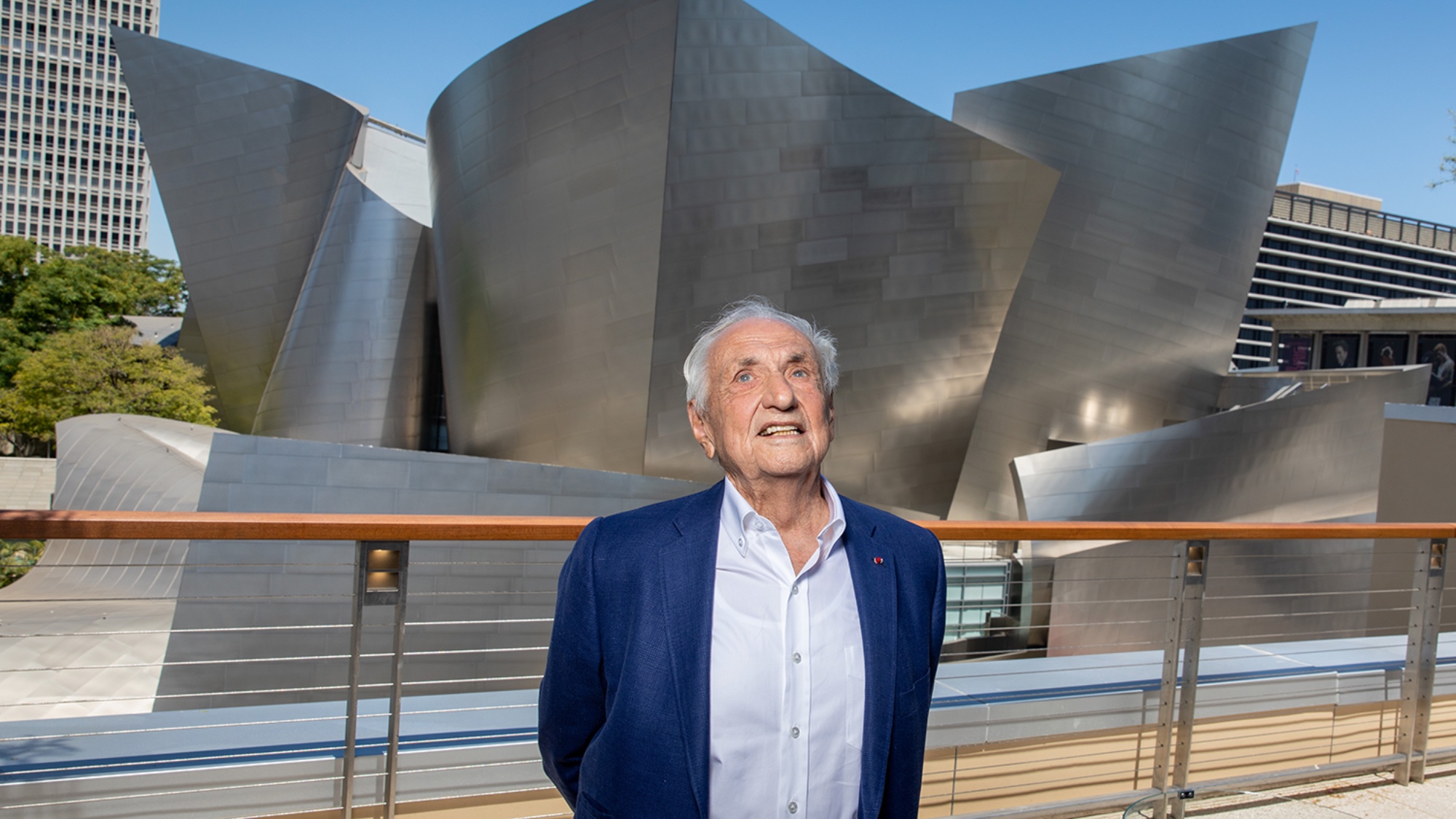 Frank Gehry: the architect who made buildings flow like water
Frank Gehry: the architect who made buildings flow like waterFeature The revered building master died at the age of 96
-
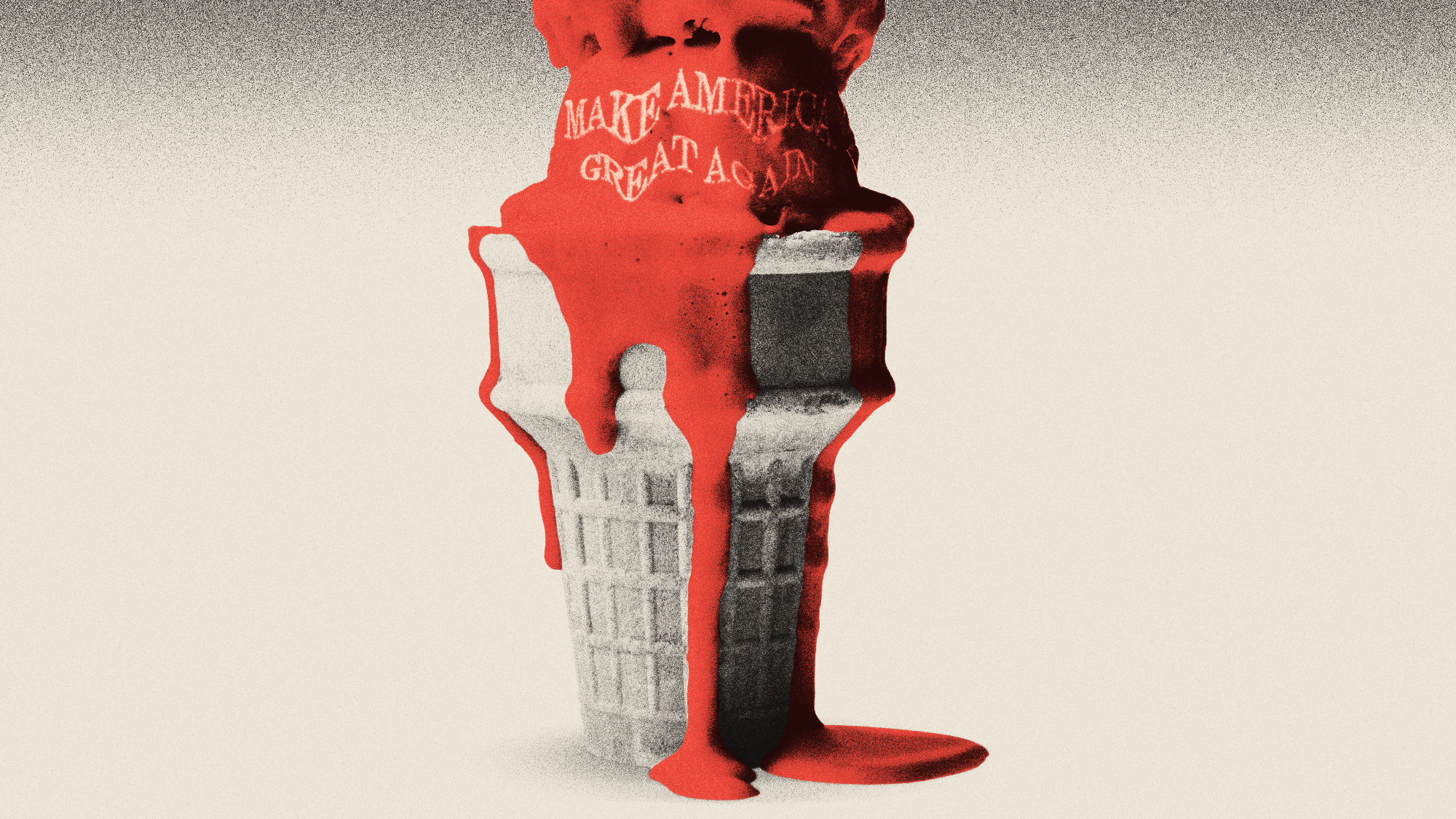 Is MAGA melting down?
Is MAGA melting down?Today's Big Question Candace Owens, Tucker Carlson, Laura Loomer and more are feuding
